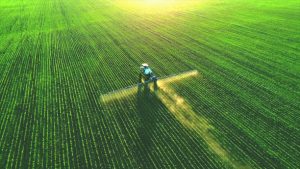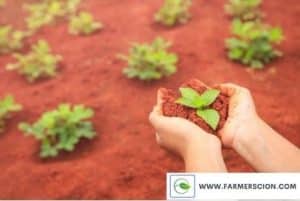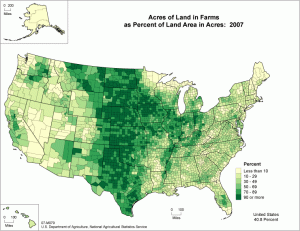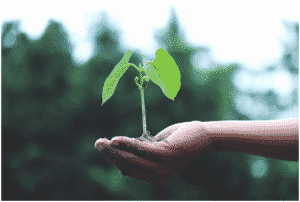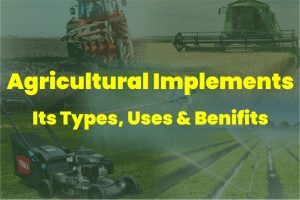Overviwe of Seed Technology | Farmer Scion
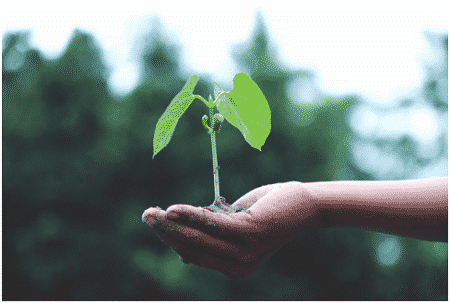
During the 1960s, when some new maize varieties were introduced, as well as the government’s initiative to make the quality seed of improved varieties available, uniform protocols and methods for seed quality evaluation and field standards for seed production, where required.
The Indian Agricultural Research Institute, New Delhi, took the lead in this direction, establishing a separate unit of seed testing in the former Division of Botany in 1961.
Later, in 1968, it was promoted to a full-fledged Department of Seed Technology to just provide leadership in
- Maintenance reproduction
- Seed production
- Quality evaluation storage
- Pathology,
- Certification
- Variety identification
- Physiology. evaluation of genetic purity
- DUS testing for plant variety protection
- Creation of seed quality assessment processes,
- And human resource development
The current name, Division of Seed Science and Technology, was established in 1984 with the following mandate.
What Is Seed Technology ?
Seed sciences and technologies are concerned with the preparation, testing, and storage of food and agricultural seeds. The goal is to increase the quality of the seeds planted by farmers as well as the food plants consumed by humans and livestock. The Crop Science Society of America values seeds so much that we dedicate an entire week to them!

Definitions of Seed Technology
Seed technology is defined as “the field of study concerned with seed production, management, quality, and preservation.”
As a result, seed technology is fundamentally an interdisciplinary discipline that spans a wide range of topics.” Seed technology” is defined broadly as “the development of seed production, crop plant varieties, seed marketing and distribution, and seed processing, seed certification, research on seed physiology, seed testing, seed storage, their evaluation and release, seed quality control, seed handling up with modern botanical and agricultural sciences, and seed production.”
“Seed technology” is defined as “the processes of seed production, seed marketing, seed testing and certification, seed processing, seed storage and distribution, and related research on these topics.”
Types of Seeds
Seeds are classified into two types:
- Monocotyledonous seeds
- Dicotyledonous seeds
Monocotyledonous Seeds
These are made up of a single cotyledon that emerges from the seeds upon germination. As an example, consider rice.
Dicotyledonous Seeds
These are two cotyledons that emerge from germination seeds. Take, for example, tomato.
Parts of a Seed
A seed is a structure that encases a plant’s embryo in a protective outer coating. Under ideal growing conditions, a seed produces a new plant by utilizing the nutrients stored in it.
The combination of male and female reproductive cells inside a flower’s ripening ovule aids in the development of seeds in a plant. Seeds come in a variety of sizes, shapes, and colours and play an important role in the reproduction of blooming plants.
A normal seed is made up of three major components: 1) seed coat, 2) endosperm, and 3) embryo.
Seed Coat
A seed coat covers the internal portions of a seed. The seed coat is made up of two layers. The outer layer, known as the testa, is thick. The inner layer, known as tegmen, is thin.
The seed is shielded from sunlight and water by a thick seed coat. It reduces water loss and parasite access into the seeds. During poor environmental factors or circumstances, the stiff seed coatings impede germination.
The micropyle is an aperture in the integument of the ovule that can be seen on various seed coverings. The hilum, which is similar to the naval in humans and is where the umbilical cord is attached, is also visible.
Endosperm
The nutrients are kept in the endosperm. It provides grain nourishment in the form of carbs, starch, and proteins to help the embryos during germination. It is found beneath the seed coat. The seeds remain viable with nutrition intake till germination.
Endosperm can be mealy, continuous, or ruminant. The chromosomal complement of the endosperm is triploid.
Endosperm accounts for the majority of the seed in corn and other cereals. The endosperm in seeds, such as beans, is used in embryo development and is missing in the seed. The liquid endosperm is coconut.
Embryo
The embryo is the most vital component of a seed. It is a diploid that arose from a fertilized egg. The embryo contains all of the cells required for development into a mature embryo. An embryo is made up of the following parts:
- Epicotyl
- Radicle
- Hypocotyl
- Cotyledons
Epicotyl is a tiny shoot that gives rise to the plant’s whole shoot system.
During germination, the major root emerges first. It is also referred to as hypocotyl. It firmly anchors the plant to the earth.
A radicle is a little embryonic root.
The cotyledons supply nutrients to several areas of the embryo. During the growth of the seedling, it emerges from the earth as a small or fleshy leaf. Food is stored in the form of carbs and protein.
The embryonic leaves are always the first to emerge from the soil. A fertilized egg gives rise to an embryo.
Goals of Seed Technology
The primary aim of seed technology is to boost organic farming production by disseminating high-yielding seed varieties of excellent quality.
- Rapid Multiplication: Increase in agricultural production by hastening the spread of new varieties generated (issued) by plant breeders.
- Timely supply: Improved seeds of new types must be made accessible in plenty of time for farmers to plan planting schedules (or show time) without interruption. They might use the goodeed for planning (sowing) purposes.
- Assured high seed quality: It is required to receive the desired benefits from the usage of enhanced varieties of seeds.
- Reasonable price: High-quality seed should be affordable to the typical farmer.
Seed Production Technology
To reap the full benefits of introducing new superior agricultural plant kinds, rigorous attention must be paid throughout seed production to the preservation of genetic purity as well as other seed attributes.
Principles of genetics:
- Variety deterioration:
Genetic purity (trueness to type) of a variation can deteriorate owing to a variety of circumstances during manufacturing cycles.
The significant reason and actual degeneration of variety cited by Kadam (1942) & are
- Developmental differences
- Variations
- Diseases’ selective influence
- Crossing into nature
- Plant breeding technique
- Mechanical blends
- Minor genetic differences
The most major causes of genetic degradation are mechanical mixes, natural crossing, and illness selection.
- Mechanical Blending:
The mechanical mixture can occur when more than one variation is sown with the same drill or when various kinds growing in the next area are sown with the same drill.
During the harvesting and threshing process, two types that are growing beside each other in the field are frequently combined.
Threshing equipment (i.e., threshing machine) is frequently contaminated with seeds from other types.
Mechanical mixes with seeds of various types are also handled via gunny bags and seed bines.
To avoid the mechanical combination, the seed fields must be rogued, and care must be taken throughout harvesting and threshing.
- Crossing by Nature:
Natural crossover is the most significant driver of vertical degradation in sexually propagated crops.
There are three reasons for the decline in variety owing to natural crossing.
- Natural cross-pollination with the plant type
- Natural cross-pollination with diseased plants
- Natural cross-pollination with an undesired kind
According to Bateman (1947), biological contamination in the seed field owing to natural crossover is dependent on a number of conditions, including
- The system of species breeding.
- The vertical mass.
- Agents of pollination.
- Separation distance.
The contamination decreases as the isolation between kinds increases. Isolation of seed crops is a major component in the seed generation of crop plants that have been cross-pollinated by wind or insects, as well as their activity, humidity, and temperature. At the time of anthesis, for example.
- Diseases’ Selective Influences:
New crop varieties are frequently susceptible to new races of illnesses, which are commonly caused by parasites.
Some vegetatively produced stocks degrade quickly when infected with viral, fungal, or bacterial illnesses. It is critical to creating disease-free seedlings/stocks.
- Biological Purity in Seed Production
Hartmann and Kester (1968) proposed a number of strategies for maintaining genetic integrity.
The steps are as follows:
- Ensuring appropriate isolation to avoid contamination from natural crossing or mechanical mixes.
- Routing seed fields before they can contaminate the seed crop.
- Genetic purity of cultivars is tested on a regular basis.
- Avoid genetic shift by producing crops solely in locations where they are adapted.
- Seed crop certification to ensure genetic purity and quality seed.
- Implementing a generation system. (The seeds generated are limited to four generations, beginning with breeder seeds.) Following that, the seeds can be replicated up to three more generations, resulting in foundations, registered, and certified entities.
- Grow-out – tests: The critical components / protections for preserving genetic integrity during seed manufacturing.

